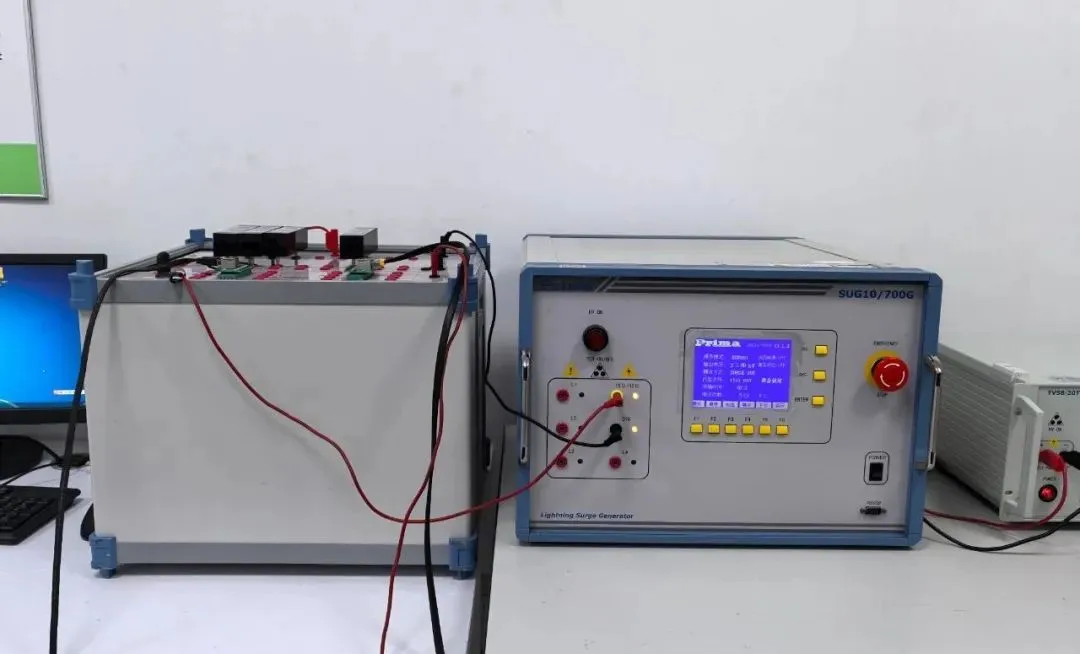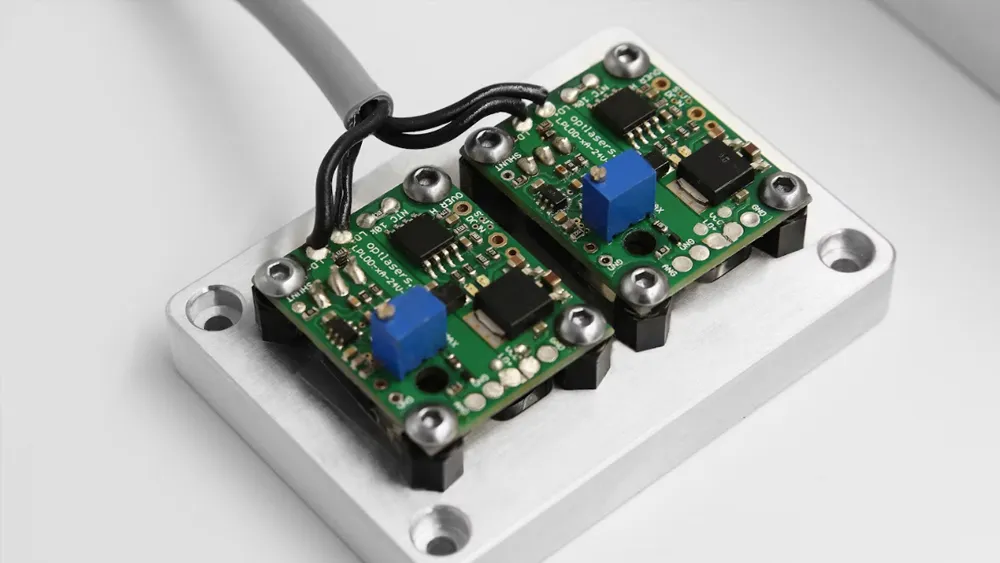
Toy Market Safety Testing Projects and Standards
Toys are companions in children's growth, but their safety directly affects children's health and life. Low-quality or unsafe toys can instantly become “weapons” that harm children.
In practical testing, the common risk elements mainly include:
1. Heavy Metals: Lead, cadmium, mercury, chromium, etc., are highly harmfUL to children's nervous and hematologic systems and must be strictly controlled.
2. Phthalate Plasticizers: These cheMICals are widely used in soft plastics. Excessive exposure may interfere with the endocrine system.
3. Organic Compound Residues: Including formaldehyde, benzene, and benzene derivatives. These volatile organic compounds can cause long-term respiratory hazards.
4. Biological Risks: Such as mold and bacteria. Since some toys are kept in humid environments, antibacterial properties and cleanliness must be tested.

Testing Projects
1. Mechanical and Physical Performance Tests
Test the structural firmness of toys, sharpness of edges, choking risks from small detachable parts, and tensile strength. These tests effectively prevent choking or piercing accidents due to toy breakage. For example, tensile testing ensures that toy ropes do not break under certain forces.
2. Chemical Safety Tests
Include testing for heavy metals, phthalates, formaldehyde, and volatile organic compounds. According to different market regulations, such as EU REACH, US cpsia, and China GB 6675, testing indicators and limits vary. Kotai Testing can provide test plans that comply with target market requirements.
3. Electrical Safety Tests
For smart toys with batteries and electronic components, conduct electrical performance checks, such as insulation, electromagnetic compatibility, and charging safety, ensuring children's safety during use.
4. Flammability Tests
Plastic and textile toys need flammability testing to ensure they do not ignite quickly when exposed to fire, preventing accidents.
5. Sensory and Functional Tests
Beyond safety, the usability and sensory experience of toys also affect market competitiveness. We provide color fastness tests, wear resistance, and UV resistance to ensure long-term durability and safety of the products.
Testing Standards
- International: International Toy Safety Standards (ISO 8124, IEC 62115)
- China: National Standards of the People’s Republic of China (GB 6675)
- European Union: EU Toy Safety Directive 2009/48/EC, Toy Safety Standard (EN71)
- United States: Consumer Product Safety Commission (CPSC), ASTM F963, Federal Regulations (16 CFR 1500/1501)
- Canada: Canada Hazardous Products (Toys) Regulations (CCPSA sor/2011-17)
- United Kingdom: British Standards Institution (BS EN71)
- Australia/New Zealand: Standards Australia (AS/NZA ISO 8124)
Testing is not a simple “stamp of approval,” but a set of safety experiments simulating various children’s behaviors. It is an indispensable “gatekeeper” for protecting children. Through scientific and rigorous testing, toy-related injuries to children can be effectively prevented.
Email:hello@jjrlab.com
Write your message here and send it to us
 Electric Toy EN 62115 & EN 71 Testing
Electric Toy EN 62115 & EN 71 Testing
 What are ASTM F963 and CPSIA?
What are ASTM F963 and CPSIA?
 Comparison of ASTM F963 and EN 71
Comparison of ASTM F963 and EN 71
 How to get CSA C22.2 NO.256:14 Test Report?
How to get CSA C22.2 NO.256:14 Test Report?
 How much is the ISTA Amazon Packaging & Shippi
How much is the ISTA Amazon Packaging & Shippi
 Amazon Product Laboratory Testing Requirements
Amazon Product Laboratory Testing Requirements
 How to Get EPA Certificatio
How to Get EPA Certificatio
 What is EPA Certification in the United States?
What is EPA Certification in the United States?
Leave us a message
24-hour online customer service at any time to respond, so that you worry!




